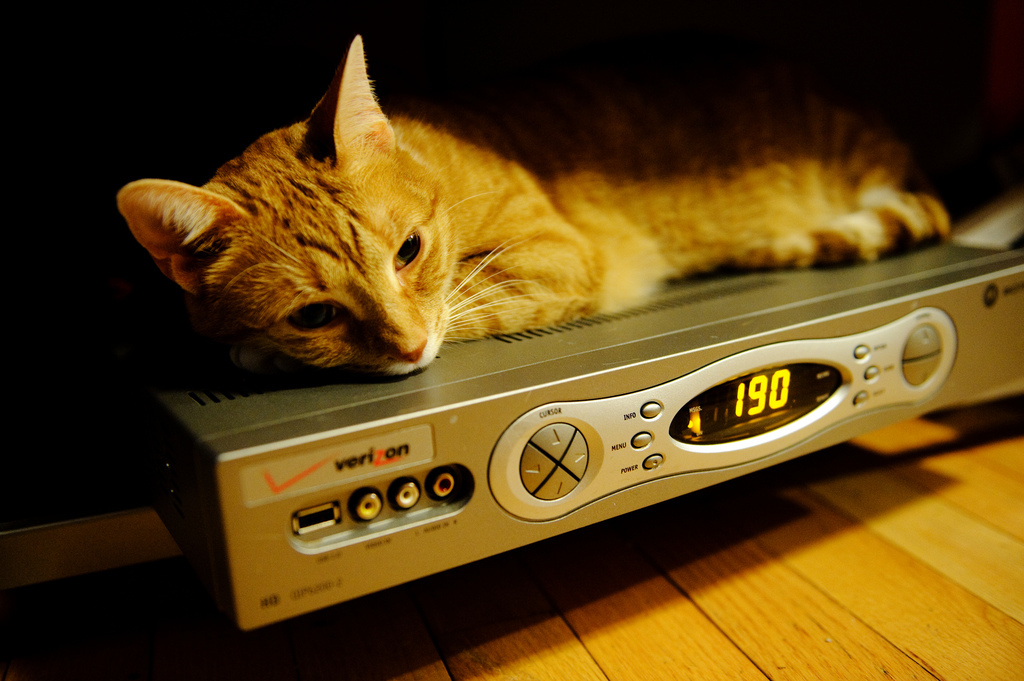Groups Ask FCC To Reform Set-Top Box Market, Say New Rules Could Save Consumers Billions Every Year
The Consumer Federation of America and Public Knowledge sent a letter [PDF] to the FCC on Wednesday, attaching analysis they’ve done to reach that figure, and asking the agency to make the set-top box more competitive, and reduce the financial burden on consumers.
The groups point out in their letter while Congress originally directed the FCC to directly regulate cable rates — including equipment rates — under the Cable Consumer Protection Act of 1992, that changed with the 1996 Telecommunications Act. Congress decided at that point to remedy cable consumer harms mostly through marketplace reforms and keeping competition healthy. That’s a great approach the letter notes — “when it works.”
But that didn’t prevent pricing abuse by cable companies, the group claim, with the average charge for a set-top box today costing $7.43 per month, a 185% increase since 1994. Things change though, right? Sure, set-top boxes must be much more advanced than they were 22 years ago, the groups say, but so are mobile phones, computers, TVs, etc. — yet the cost of those devices hasn’t gone up since the 1990s, and has instead gone down by 90.6%.
“This is the expected result in a highly competitive, dynamic technology market,” the letter says. “It is simply not credible to argue that the cost of set-top-boxes should behave so differently than other similar and types of complementary customer premise equipment.”
The letter says the best explanation for the set-top box market’s “exceptional ability to impose excess charges on consumers” can be chalked up to failure of competition and its apparent immunity to market prices in pay TV and in the set-top box market specifically.
That inability to purchase a set-top box at retail was a sticking point for Sen. Ed Markey of Massachussetts and Sen. Dick Blumenthal of Connecticut back in July, as well. They said at the time that they believe that consumers should not be forced to lease just one or two models made available by their pay-TV provider.
On the low end, the groups’ analysis estimates that customers are being overcharged by $6 billion every year, while a high estimate is $14 billion, depending on how costs increased over the years: If costs increased at the rate of inflation and the market is limited to cable subscribers alone, it’d be $6 billion. If costs declined like they did in cellular/PC markets, and the market includes all multichannel video programming distributors, or MVPDs, the resulting overcharge is $14, billion, the letter says.
“Reforming the set-top box market by adopting the competitive navigation proposal [PDF] Public Knowledge and others have put before the FCC would benefit consumers in a number of ways,” says John Bergmayer, Senior Staff Attorney at Public Knowledge. “It would give them more and better access to diverse and independent programing on devices that are more intuitive and innovative than the set-top boxes most viewers are forced to rent from their pay-TV providers. As the analysis in our letter shows it could lead to significant cost savings as well.”
“To realize these benefits to consumers, we urge the Commission to quickly move forward with a rulemaking proceeding to implement reforms in this area,” he adds.
Want more consumer news? Visit our parent organization, Consumer Reports, for the latest on scams, recalls, and other consumer issues.


